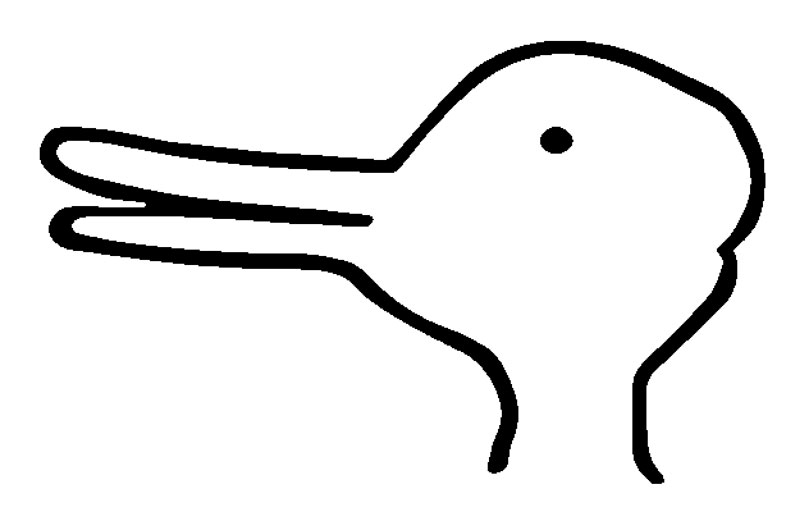Book Review: Existential Physics: A Scientist's Guide to Life's Biggest Questions
This is a review of Existential Physics: A Scientist’s Guide to Life’s Biggest Questions by Sabine Hossenfelder.
First of all, Jean-Paul Sartre and Existentialism did not show up in the book. Just so you know.
To be honest, I’m not quite interested in the topics she covered in the book. Well, I mean I am interested but not right away. These problems belong to the “important but not hurry” problems. What she talked about in the book, pseudoscience, is like what Jostein Gaarder talked about in the final chapters of Sophie’s World, which is about pseudo-philosophy. And to be honest, what is really fascinating to me in Lost in Math is the level of detail, and that there’s clearly tons of research done. Although I’m pretty sure she did tons of research on this one too.
So the basic strategy in this book is something like this:
- You can derive complicated theories from fundamental theory. It’s just that the math is too difficult. You may refer to the example where we derive the principle of Thermodynamics and Statistical Mechanics. How the composition interacts with each other is where “emergence” begins.
- There’s no free will, but I’m interested in the outcome of your thinking. She quoted from Ludwig Wittgenstein that “The freedom of the will consists in the fact that future actions cannot be known now.”1 Which is from Tractatus, an early work of Wittgenstein, which he turned his back on in his later life. Not to say he turned his back on this specific statement. I’m surprised she quoted from Wittgenstein, as well as she quoted from Louis C.K. in Lost in Math.
Her ideas on these two subjects are consistent, so maybe they’re more convincing? After all, I didn’t do the thinking and research she’s done.
But to me, it’s an avoidance rather than answer:
- We still have to think about the theory of complicated things, which is why we have emergence in the first place.
- We still have to think, which is why we don’t want to believe in free will in the first place.
An interesting detail I noticed is the rabbit-duck picture, see the picture below. Sabine uses it to explain duel theories, which means that two theories are the same thing. And Wittgenstein use it to explain the idea of “seeing”, which means seeing the concept as a whole. And in How I Met Your Mother S05E15 Rabbit or Duck, it is used to fight about which one is better (in fur, flavor, etc), rabbit or duck, which is so true and ridiculous at the same time.

Also, reading this book feels like my childhood again, maybe writing some equations would be a good idea to get my interest. I’m more practical now I guess, which is kind of sad really. But the epilogue is beautiful, I’m glad Sabine is doing something she likes. Teaching and educating are a necessary part of the job, no matter how irritating and tiring that could be sometimes.
For more information, see Human Action and the Question of Responsibility in Ludwig Wittgenstein. ↩︎